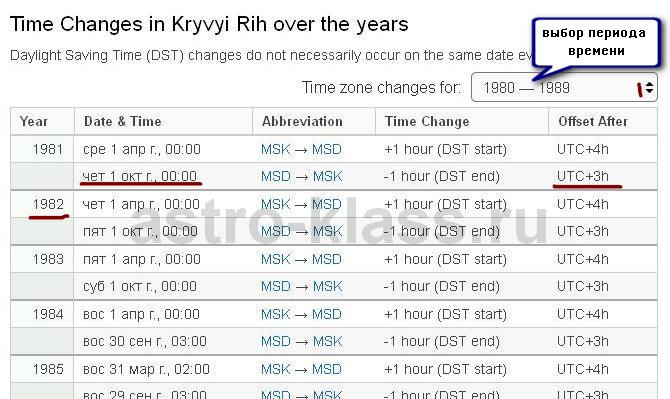Astrologicheskaya Programma Kala

Write something about yourself. No need to be fancy, just an overview. No Archives Categories. The article is on astrology software, and the book chapter is a survey of astrology software, in a popular book by a reputable publisher. Sydney Omarr's personal reputation is irrelevant: according to the Wikipedia article, he's dead, so the book is just named after him. Shreevatsa 19:56, 12 July 2010 (UTC) That makes it even more problematic.
Homeworld 2 rapidshare. The Homeworld Remastered Collection introduces Relic’s acclaimed space strategy games Homeworld and Homeworld 2 to modern players and operating systems using the newest sophisticated graphics rendering technology, plus a fully remastered score and new, high fidelity voice recordings by the original actors.
See also: Archaeological excavations show that the city may have grown significantly during the rule of the Persian in the 6th century BCE. In 516 BCE, embarked on a campaign to conquer, and, before marching onto what is now and northern. Emperor Darius spent the winter of 516-515 BCE in the region surrounding Taxila, and prepared to conquer the, which he did in 515 BCE, after which he appointed to explore the from the mouth of the Indus to the. Darius then returned to via the.
The region continued under Achaemenid suzerainty under the reign of Xerxes I, and continued under Achaemenid rule for over a century. Hellenistic [ ]. A map of Alexander's campaign in. During his invasion of the, was able to gain control of Taxila in 326 BCE without a battle, as the city was surrendered by its ruler, king (Āmbhi). Greek historians accompanying Alexander described Taxila as “wealthy, prosperous, and well governed.” Mauryan [ ] By 317 BCE, the Greek left by Alexander were driven out, and Taxila came under the control of, who turned Taxila into a regional capital. His advisor,, was said to have taught at Taxila's university. Under the reign of, Chandragupta's grandson, the city was made a great seat of Buddhist learning, though the city was home to a minor rebellion during this time.
Indo-Greek [ ] In the 2nd century BCE, Taxila was annexed by the of. Indo-Greeks built a new capital,, on the opposite bank of the river from Taxila. During this new period of Bactrian Greek rule, several dynasties (like ) likely ruled from the city as their capital. During lulls in Greek rule, the city managed profitably on its own, to independently control several local trade guilds, who also minted most of the city's autonomous coinage. In about the 1st century BCE or 1st century CE, an king named had three mints, one of which was at Taxila, and struck coins with obverse legends in Greek. The last Greek king of Taxila was overthrown by the chief around 90 BCE., founder of the, conquered Taxila around 20 BCE, and made Taxila his capital.
According to early Christian legend, visited Gondophares IV around 46 CE, possibly at Taxila given that that city was Gondophares' capital city. Kushan [ ] In the first century CE, the Greek philosopher visited Taxila, which his team described as a fortified city laid out on a symmetrical plan, similar in size to. Inscriptions dating to 76 CE demonstrate that the city had come under rule by this time, after the city was captured from the by, founder of the. The great Kushan ruler later founded, the most recent of the ancient settlements at Taxila. Gupta [ ] In the mid fourth century CE, the Gupta Empire occupied the territories in Eastern, establishing a Kumaratya's post at Taxila. The City became well known for its Trade links- including Silk, Sandalwood, Horses, Cotton, Silverware, Pearls, and Spices. It is during this time that the City heavily features in Classical Indian Literature- both as a centre of Culture as well as a militarised border City.